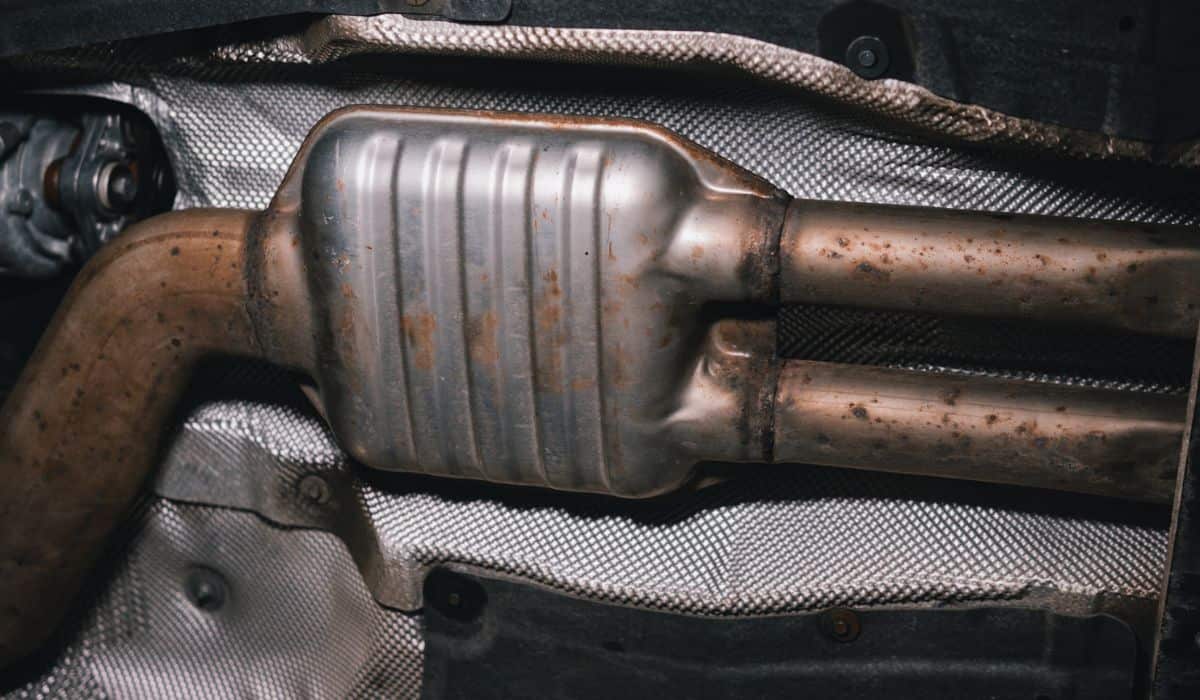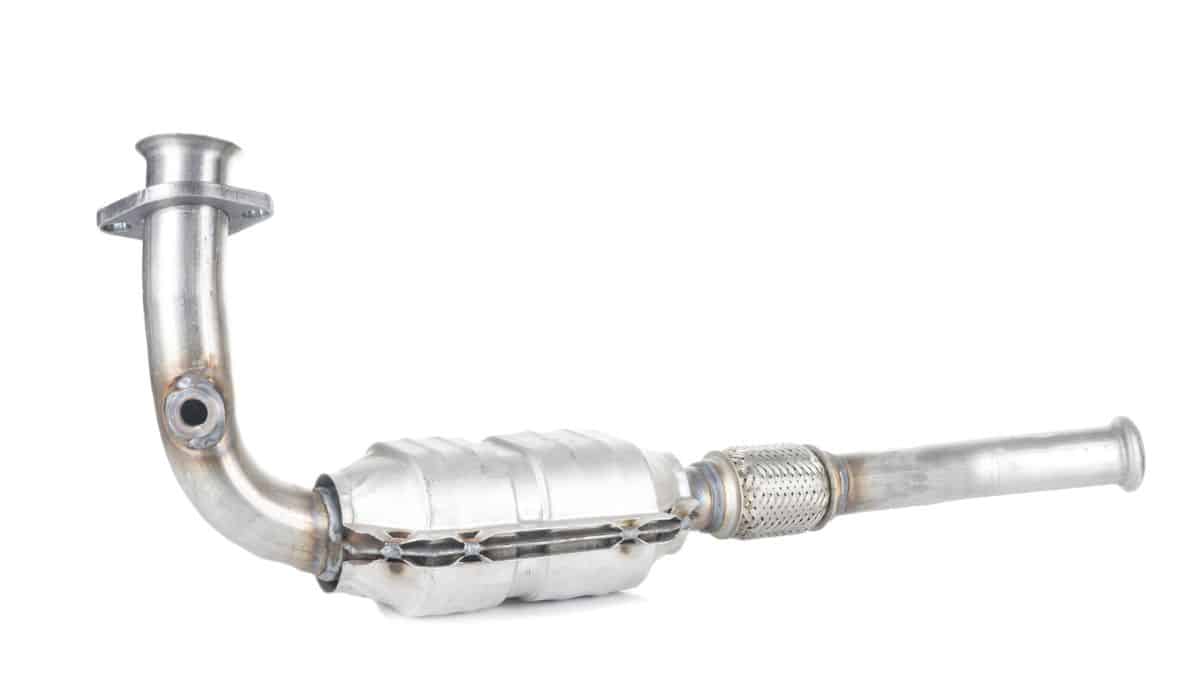How Long Does A New Catalytic Converter Smell?
Catalytic converter replacement is common, especially on older or higher-mileage vehicles. Broken and worn-out catalytic converters can cause an unpleasant aroma, but how long do new converters smell?
New converters typically smell for the first trip after installation, and this smell is from oil, exhaust by-products, adhesives, and curing sealants. After a few hundred miles, the smell should dissipate, and if it doesn’t you should contact your mechanic for additional help.
Don’t panic if your new catalytic converter has an unpleasant aroma. The smell is standard and should go away on its own. But there’s a lot to consider when installing a new converter or if the smell persists. So let’s take a deeper look at everything you need to know below.
How Long Does it Take for the New Catalytic Converter Smell to Go Away?

New catalytic converters have a slightly unpleasant aroma when they’re first installed. This is because the manufacturers coat new converters lightly with oil to prevent rust while they’re waiting to be sold. New converters may also have labels with identification numbers that can have sticky adhesives.
When installing a new catalytic converter, you will smell the oil, adhesive, and other additives burn off or warm up. But, depending on your driving habits, the unpleasant smell can go away after a few minutes, hours, or days.
That said, if you notice the aroma for more than a few hundred miles after installation, or it doesn’t go away, you may have other issues that require professional assistance. For example, you may have bad O2 sensors, clogged filters, or excess oil causing the smell.
Is New Catalytic Converter Burning Smell Normal?
Fortunately, the unpleasant smell of a new catalytic converter is entirely normal. The smell can come from oil burning off the component, exhaust by-products warming up, label adhesives burning off, or curing sealant.
Depending on your driving habits, the unpleasant aroma should go away after your first trip. The smell shouldn’t persist for more than a few hundred miles or a couple of days.
If the smell lasts longer than a couple of days or hundred miles, you may have mechanical issues that warrant professional services. Return your vehicle to the mechanic who installed your converter for additional assistance.
Will a New Catalytic Converter Smoke?

A new converter can smoke because of the light oil coating. A little smoke is normal and should go away after a few days or weeks, depending on your driving habits. However, if the new converter smoke persists, you may have an issue that needs professional diagnosis.
What to Do After Installing a New Catalytic Converter?
New catalytic converters require a “break-in” period to work correctly. If the converter isn’t properly warmed up, the internal materials can become negatively affected and cause the component to break down prematurely.
Most catalytic converters are broken in at the mechanic shop, but some mechanics may forget or won’t let the client know.
If the owner drives the vehicle without a proper break-in, the interior matting in the converter that secures the substrate won’t expand correctly or hold its place. This causes the internal components to become loose or damaged and rattle around.
Let’s take a deeper look at how you can break in a new catalytic converter.
How to Break in a New Catalytic Converter
Warming up a new catalytic converter is a crucial step of the installation process. It ensures the interior parts are secure and prevents premature damage. Mechanics typically conduct a warm-up before returning a car but double-check to be safe.
Here are the steps to break in a replacement catalytic convert:
- Start your vehicle. Do not apply any gas.
- Allow the vehicle to be idle and warm up.
- Let the engine reach its operating temperature or wait five minutes.
- Now, give enough gas to increase the engine to 2500 RPM.
- Hold power at 2500 RPM for 2 minutes and then release the gas pedal.
- Turn off the vehicle and allow it to cool down completely to finish.
Now your replacement converter is warmed up and ready to drive. However, as mentioned earlier, do not skip the warm-up. If you skip the break-in period, you’ll permanently damage your new catalytic converter. Be sure to ask your mechanic if you need additional assistance or have further questions.
